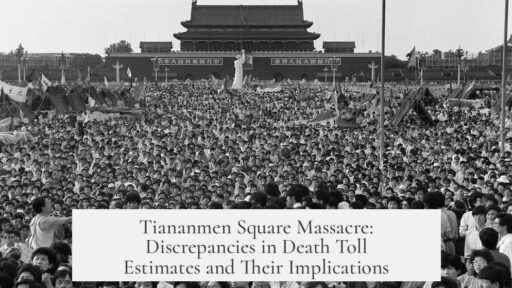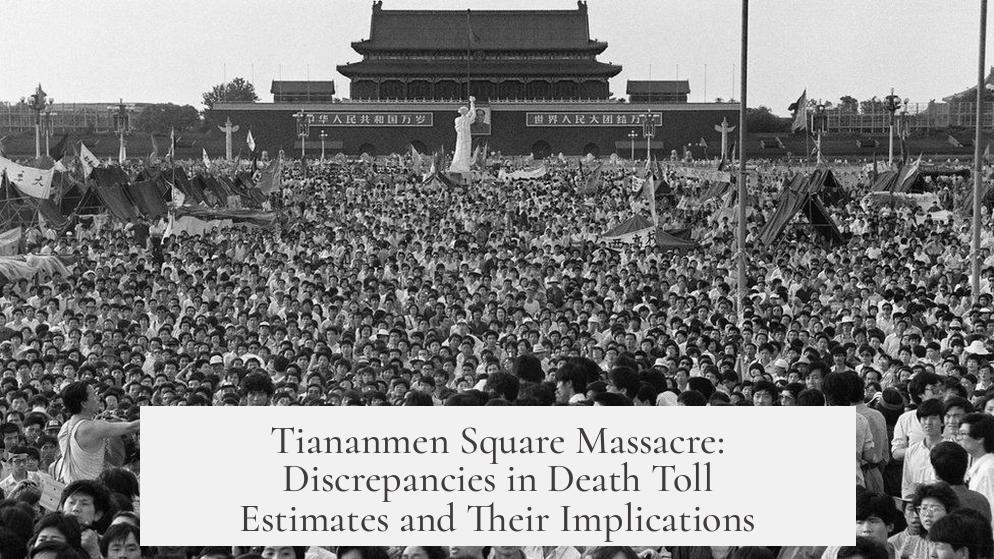The actual death toll estimate of the Tiananmen Square massacre ranges widely due to limited access to reliable data, government control, and conflicting reports. Estimates span from about 200 to 10,000 deaths, with many experts considering a figure near 2,600 as plausible.
Several figures come from different sources. Officials in Beijing provided lower estimates: the Beijing Mayor cited around 200 deaths, while the Ministry of Public Security mentioned 563. Another figure, 727 deaths including soldiers, was reportedly conveyed within official circles but remains less cited publicly.
Independent data offer further insights. Hospital records from Beijing indicate roughly 500 deaths and 1,000 wounded, which may be a reasonable baseline. These records are likely more reliable since some victims were reportedly removed without documentation, complicating death counts.
Determining an accurate number proves difficult for multiple reasons:
- The Chinese government tightly controls media, hospitals, and official records in China.
- Information flow was heavily restricted during the incident, with few foreign journalists allowed and no internet or smartphones available for civilians to share real-time accounts.
- The situation beyond Beijing is even less clear, as protests and crackdowns occurred elsewhere without detailed reports.
Eyewitness accounts and activist reports sometimes present exaggerated or varied casualty numbers. Many such narratives have contributed to a mythologized version of events. Western journalists often relied on these accounts due to the scarcity of verifiable sources.
The Chinese government’s effective information suppression resembles its approach to past events, such as the Great Leap Forward famine, where millions of deaths remained hidden internationally for decades.
Considering the range from 200 to 10,000, scholars note this represents a narrower margin of uncertainty compared with other historical tragedies in China, where estimates can differ by millions.
| Source | Death Toll Estimate | Notes |
|---|---|---|
| Beijing Mayor | ~200 | Official claim |
| Ministry of Public Security | 563 | Official claim |
| Chinese Red Cross (journalist sources) | ~2,600 | Considered plausible by some analysts |
| Beijing Hospital Records | 500+ | Baseline for mortality estimates |
| Other estimates | Up to 10,000 | Less substantiated, broader scope |
- Death toll estimates vary from 200 to 10,000, reflecting data opacity.
- Official figures cluster around 200-700 deaths.
- Hospital records and Chinese Red Cross data suggest higher fatalities (~500-2,600).
- Information suppression and limited independent reporting hinder certainty.
- The disparity remains smaller compared to other large-scale tragedies in China.
What Was the Actual Death Toll Estimate of the Tiananmen Square Massacre? The Estimates Wildly Differ Between Sources
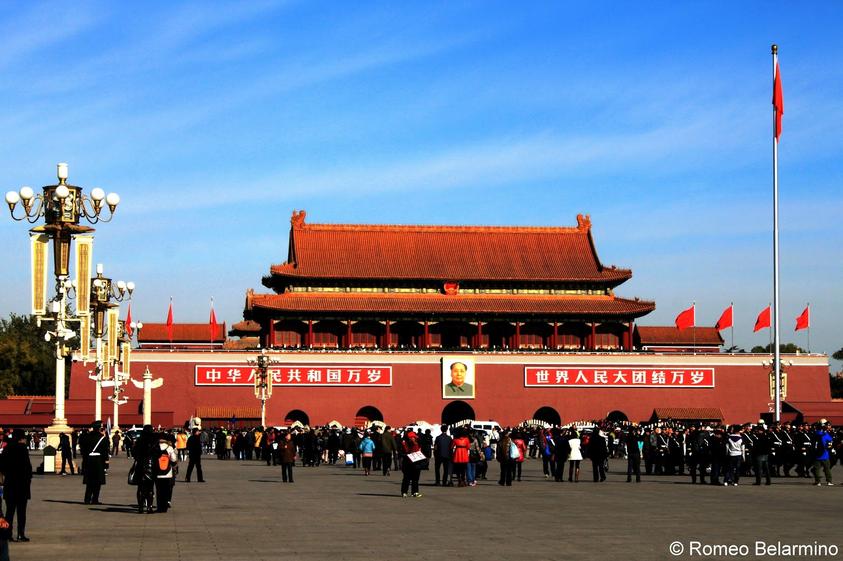
The true death toll of the Tiananmen Square massacre remains a deeply contentious and elusive figure, with estimates ranging from as low as 200 to as high as 10,000 lives lost. This staggering disparity arises from limited access to reliable data, political motivations, and the passing of time shrouded in secrecy. So, how do we make sense of this murky historical puzzle?
Let’s start by acknowledging the elephant in the room: the People’s Republic of China (PRC) tightly controls information about the event. The government restricts access to official records, oversees media narratives, controls hospitals and morgues, and curtails investigative freedom inside China. This means historians and journalists must piece together clues from fragmented sources—some official, some unofficial—and each source paints a different picture.
Variability in Death Toll Estimates
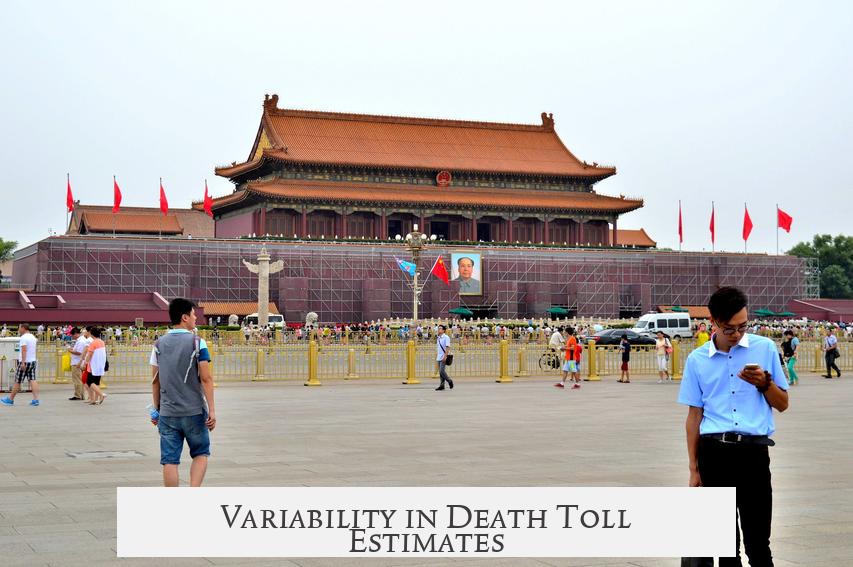
In mainland China, official numbers are significantly low when compared to other estimates. For example, the Beijing mayor claimed around 200 deaths. The Ministry of Public Security somewhat raised this figure to 563 deaths. Another somewhat less official source, Tan Yunhe, allegedly informed Liu Jiaju that 727 people, including 14 soldiers, died. Interestingly, the inclusion of soldiers killed during the crackdown appears consistent across several sources.
On the other side of the spectrum, some independent observers and organizations propose much higher numbers. The humanitarian organization Chinese Red Cross reportedly shared with multiple journalists that the death toll was near 2,600. This estimate also aligns closely with Brook’s research, which many experts consider a balanced approximation.
Hospital records point somewhere between these extremes, showing about 500 dead and 1,000 wounded recorded by Beijing hospitals during the crackdown. Given that some bodies may have been disposed of covertly, these hospital numbers likely serve as a credible baseline. This underlines the grim reality of the event: Grave injuries and a significant death count.
Why Are Estimates So Different? The Challenge in Pinpointing Numbers
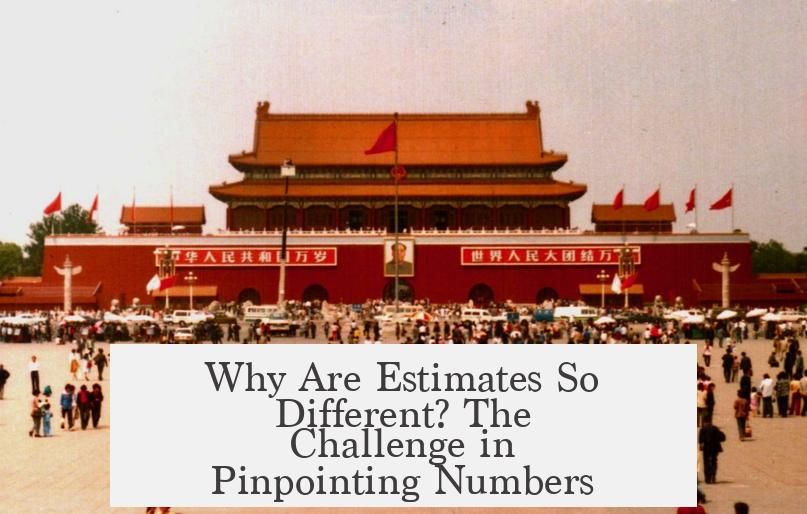
Understanding the true toll is complicated by others factors. Wider protests erupted beyond Beijing, but reporting from those areas is even more scarce. Foreign journalists and intelligence agents were generally confined to the capital, and average citizens lacked smartphones, internet, or any reliable means to broadcast the unfolding crisis.
The PRC government’s control over information was and remains highly efficient. Consider the Great Leap Forward famine from 1958–62, which caused an estimated 15 to 45 million deaths and was kept secret internationally for decades. The Tiananmen Square massacre’s secrecy shares a similar dynamic: strict censorship and propaganda systematically obscure the reality from both domestic and foreign observers.
The Role of Eyewitnesses, Propaganda, and Mythmaking

When a topic is politically sensitive, rumors and myths thrive. Some activists who fled China after the protests amplified certain casualty figures to rally international support, sometimes exaggerating events unintentionally or deliberately. Western journalists covering the event often had to rely on these firsthand accounts since official data was inaccessible or unreliable.
But it’s important to balance skepticism with fairness. The state’s cover-up efforts vastly overshadow any misinformation from activists or journalists. Most “mythmaking” was reactive—a response to opaque government policies and a vacuum of trustworthy information.
Putting the Numbers in Perspective
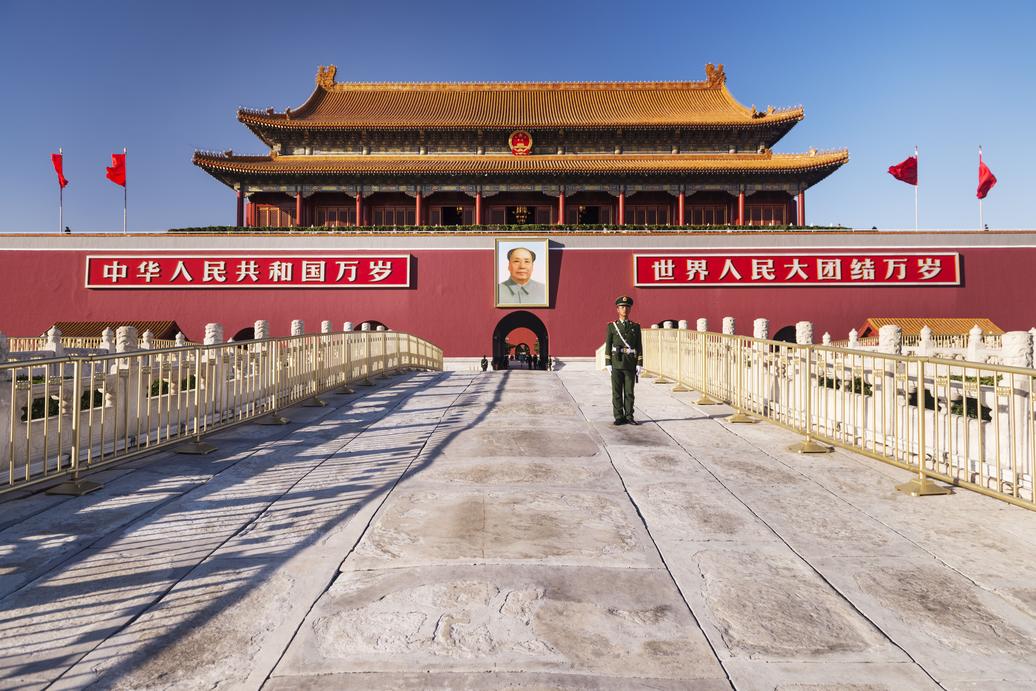
To make sense of these numbers, here’s a rough comparison:
| Source | Death Toll Estimate |
|---|---|
| Beijing Mayor’s claim | ~200 deaths |
| Ministry of Public Security | 563 deaths |
| Tan Yunhe’s reported figure | 727 deaths (includes 14 soldiers) |
| Hospital Records | 500 dead, 1,000 wounded |
| Chinese Red Cross / Brook’s estimate | ~2,600 deaths |
| Highest speculative estimates | Up to 10,000 deaths |
You might wonder: “Why does the high-end number shoot up so dramatically?” It mostly reflects uncertainties beyond Beijing, anecdotal reports, and the chaotic nature of the crackdown. However, these upper extremes lack tangible evidence, making them less credible in most scholarly circles.
Why Should We Care About the Precise Number?
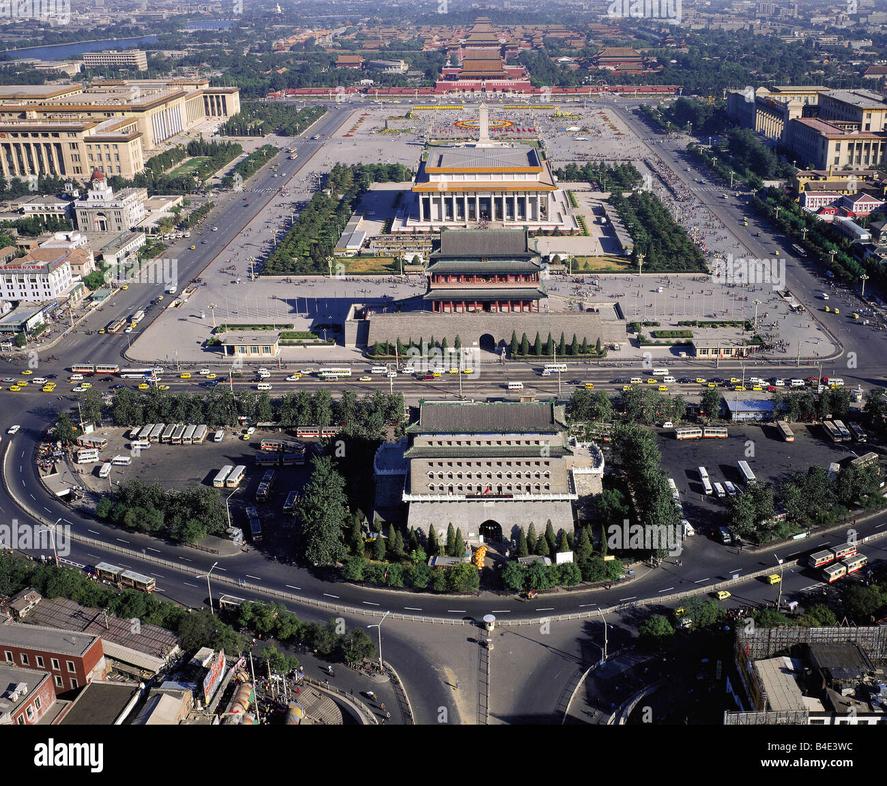
Beyond statistics, the Tiananmen Square massacre symbolizes a moment when public demands for reform met brutal state suppression. Each number represents lives lost, families shattered, and a society scarred.
Getting closer to the truth has implications for historical memory, political accountability, and human rights advocacy. The lack of transparency reminds us how governments can control narratives—and why an independent press and free information flow are vital.
What Can Readers Take Away?
- Expect estimates on politically sensitive topics to differ due to restricted access and biases.
- Look for a range rather than a single figure when official transparency is limited.
- Consider the source’s background, motives, and access capabilities before accepting numbers at face value.
- Recognize that absence of evidence is not evidence of absence—especially in tightly controlled states.
So, what is the “actual” death toll of Tiananmen Square? Judging by the balance between official records, hospital data, and credible independent estimates, a figure near 2,600 seems the most reasonable—though the shroud of secrecy means even that number remains open to debate. Is the ambiguity frustrating? Absolutely. But it also reminds us how important transparency and vigilance are, for history to reflect reality rather than just power.
Ultimately, the legacy of Tiananmen Square transcends numbers. It challenges us to seek truth, to question authority, and to honor the courage of those who stood up for change.
What is the range of estimated deaths in the Tiananmen Square massacre?
Estimates vary widely, from around 200 up to 10,000 deaths. This large range reflects limited access to reliable information and controlled sources.
Which estimate is considered more reliable by some researchers?
Some researchers reference about 2,600 deaths, based on figures from the Chinese Red Cross given to journalists. Hospital records indicating 500 dead serve as a baseline too.
Why is there difficulty in determining an accurate death toll?
- The Chinese government controlled media and institutions.
- Information outside Beijing is unclear.
- There was no widespread independent verification during the crackdown.
What do official Chinese government sources say?
Chinese officials reported lower numbers: for example, the Beijing Mayor said 200 died, and the Ministry of Public Security claimed 563 deaths, including some soldiers.
How does the Tiananmen death toll compare to other PRC historical events?
Other events, like the Great Leap Forward, involve death tolls varying by millions. In comparison, the 200-10,000 range for Tiananmen is relatively narrow but uncertain.
